Knowing how long it takes to install a furnace lets you plan when to do it before winter. We researched all the information you'll need, starting from how much time you'll allot to situate the appliance.
Furnace installation takes 4–10 hours to complete. The complexity of the job determines how long it will take to install the heating device.
That's not all you need to know. We'll discuss all the processes involved in a little while. Knowing what's going to happen will help you prepare for any eventualities. Let's get started!
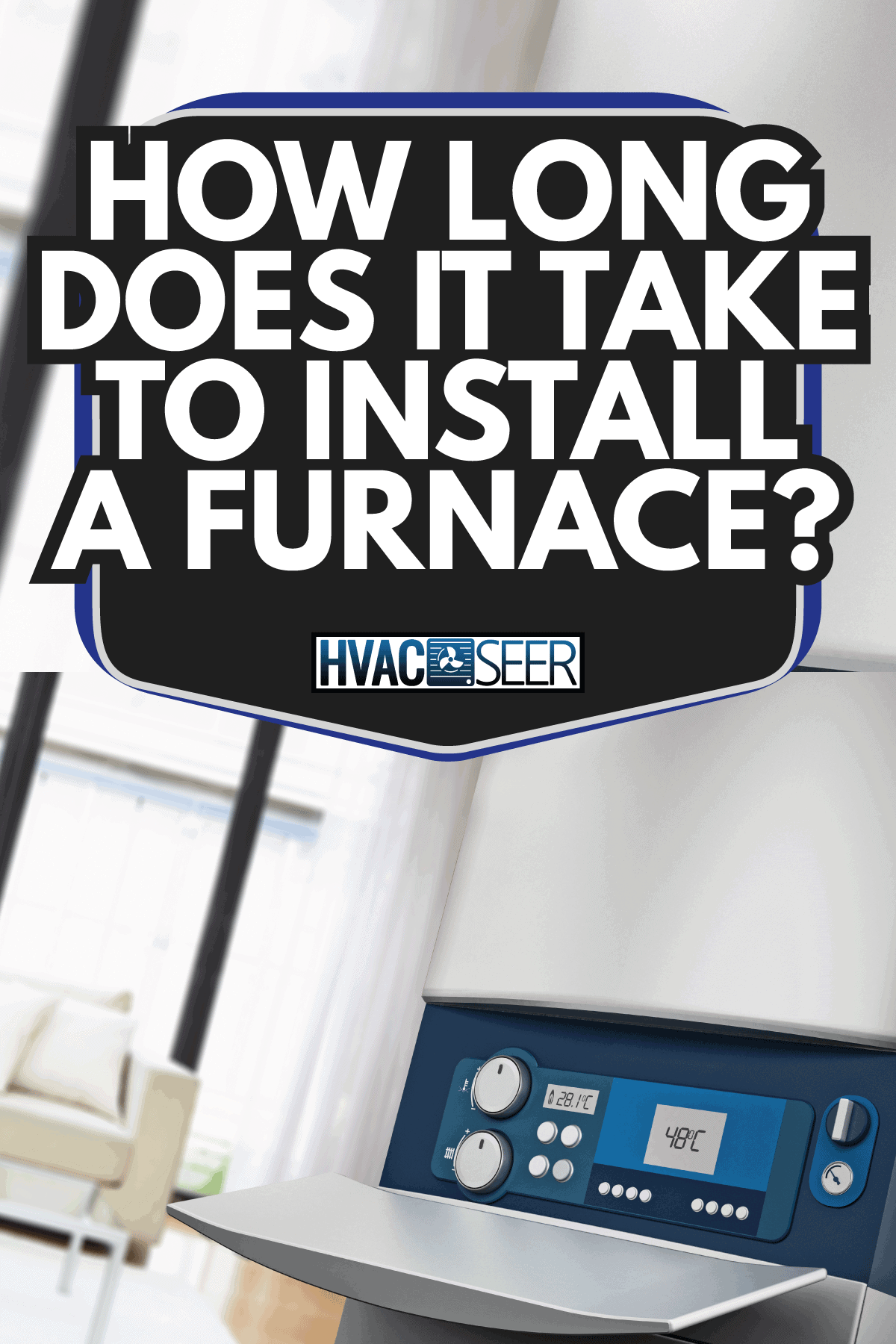
How To Install A New Furnace
Furnace installation is a rather complicated procedure. The first step that uses the first few hours is the pre-installment period, the installation, and the post-installment. Let's walk through each stage by watching this video:
Pre-installment Of Furnace
The technician will conduct an initial walkthrough in the installation area to inspect if repairs need to be done or if they need to measure the areas in detail to ensure that your furnace will fit properly.
For a high-quality installation, they will also evaluate other essential factors like insulation, house size, ductwork, gas, and electrical wiring. After that, they will then discuss the findings, cost estimation, and the time they'll spend to complete the project.
Installing the Right Furnace
After a thorough discussion, it is time to choose a furnace. Your choice, of course, must be based on the information your technician provided, such as the model number.
Here are the types of furnaces you can choose from:
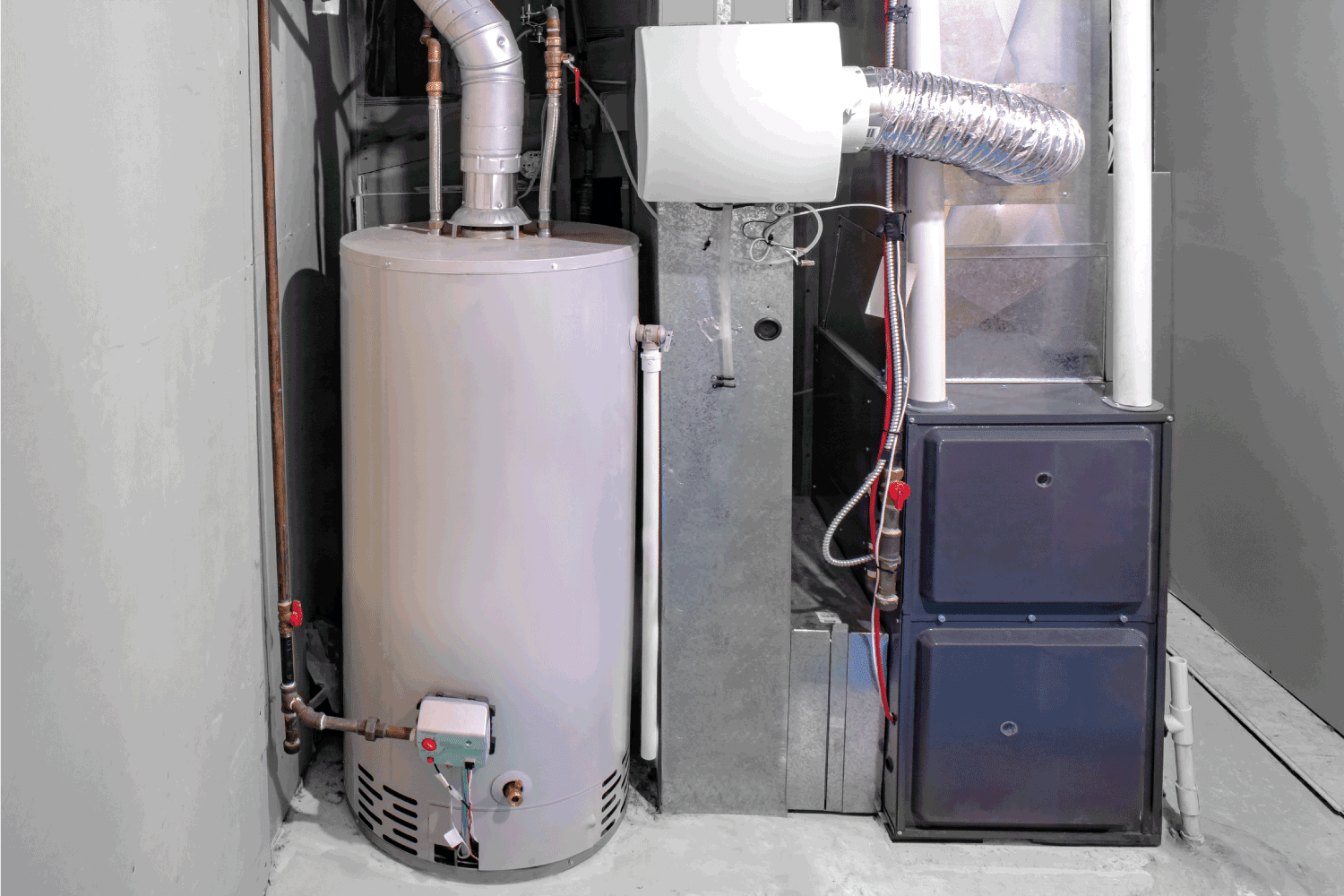
Natural Draft Gas Furnace
A natural draft furnace creates hot air by burning fuel. Its running cost is cheap due to low fuel cost and energy efficiency. Half of the household (about 48%) uses natural gas for heating in the U.S.
However, drawbacks of a natural draft gas furnace include releasing combustion byproducts such as carbon dioxide (CO) and other air pollutants—threatening people and the environment.
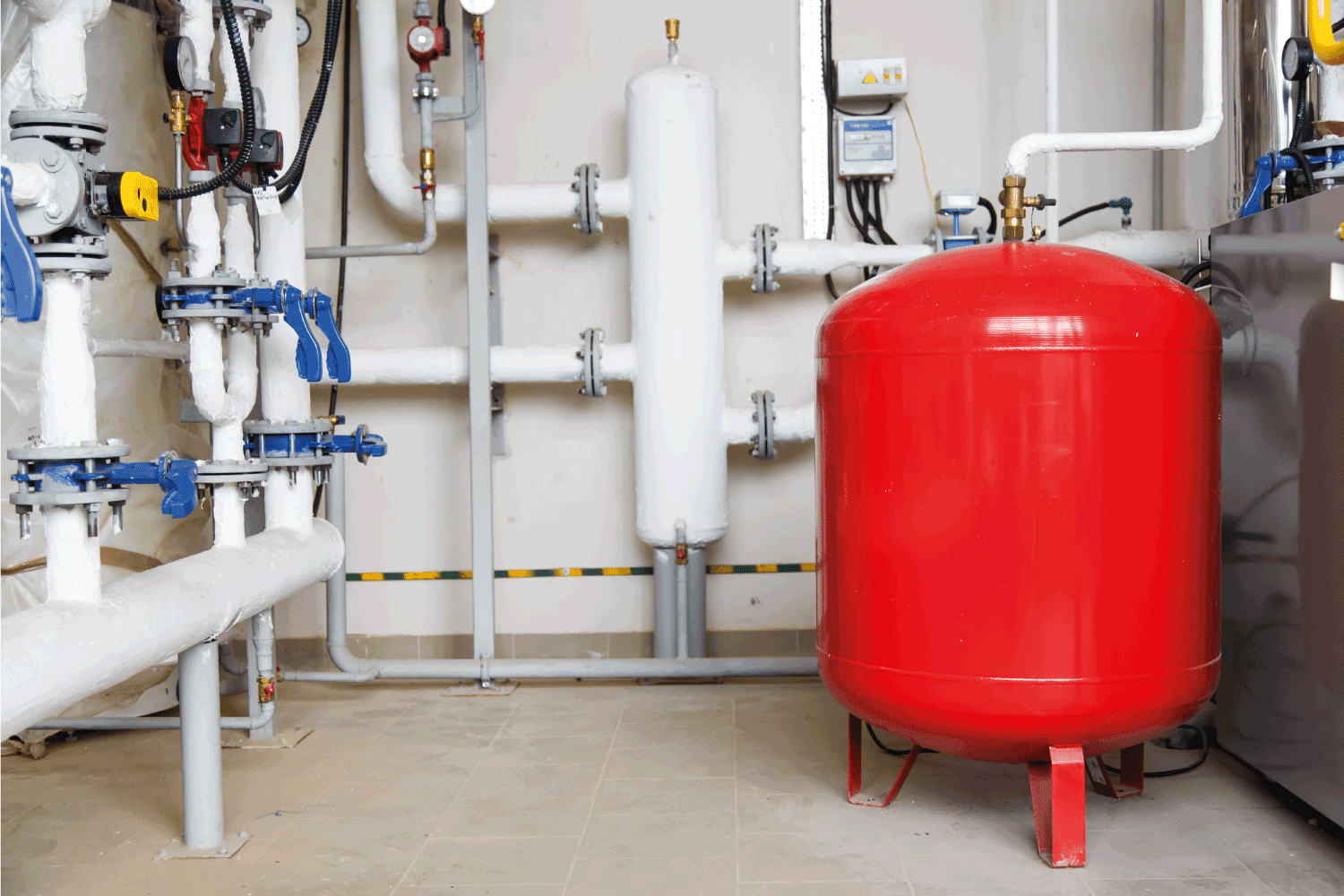
Oil Furnace
Northeastern Americans usually use oil furnaces due to the lack of natural gas distribution. Unlike a natural draft gas furnace, its upfront cost is cheaper but requires a lot more budget to run since the fuel it's consuming is more expensive.
Some pros include having a higher BTU rate per hour, meaning it can heat an ample space by burning a small amount of oil. Oil furnace lasts up to 25 years, depending on how it is maintained.
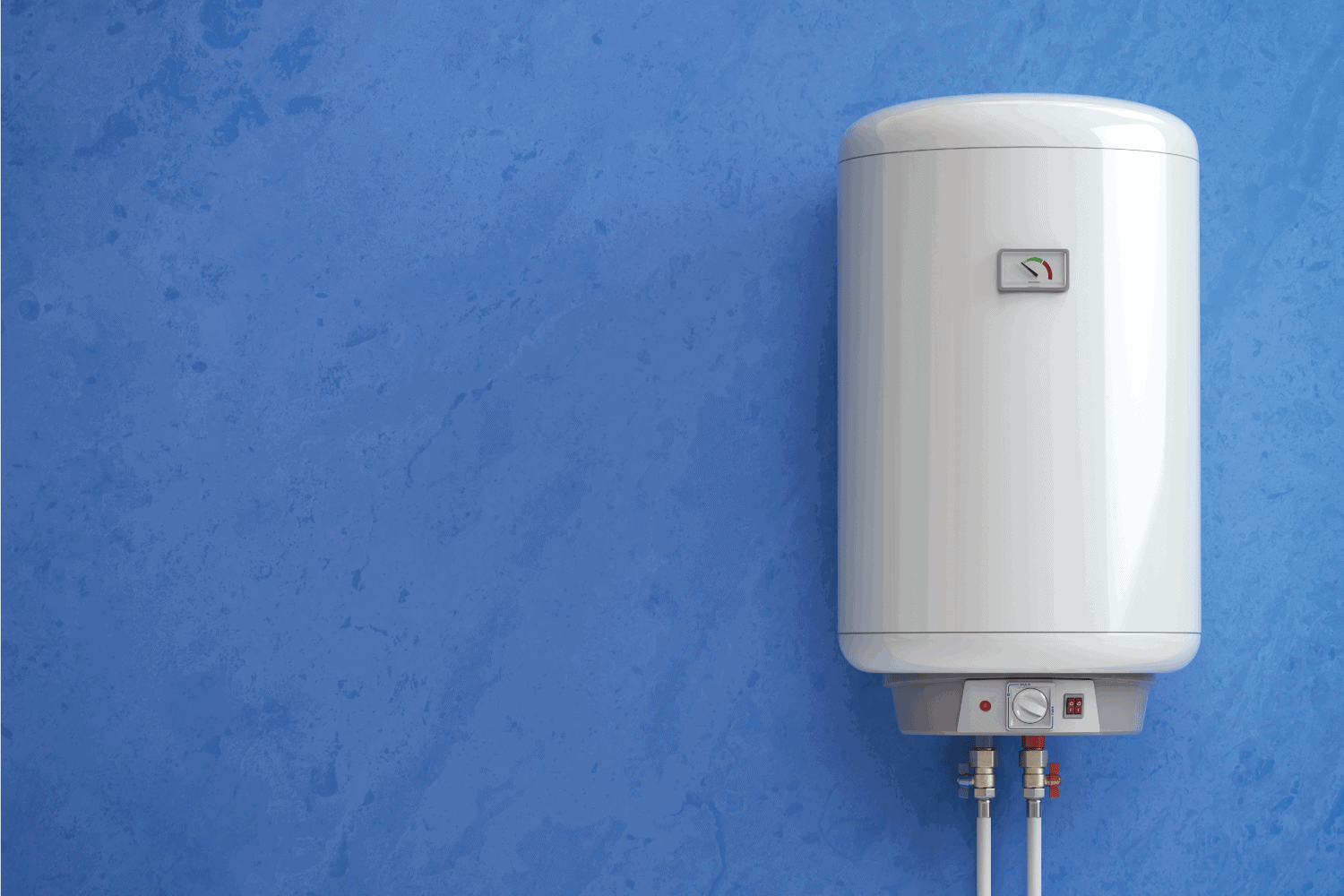
Electric Furnace
An electrical furnace is the cheapest among all of the types of furnace. It's always available as long as there is electricity, and it's safer since it does not utilize combustion products. Even though it costs relatively less than the other types, it's still expensive to run.
Propane
If gas and oil aren't available, propane is a good alternative. Unlike the first two burning fuels, it's non-toxic and burns cleanly, so regular maintenance is not required.
On the contrary, propane produces less heat than oil. Frequent usage may result in buying more, so it may not let you save money.
Read more about propane furnaces here: "Do Propane Furnaces Have A Pilot Light?"
Safety Checks
After choosing a furnace, the installation team will run safety checks before situating the furnace. They'll connect the ducting system, vent pipes, gas or electrical supply, and a condenser drain.
The last step is to test if it's working correctly.
Post-installment Of Furnace
Once the furnace is successfully installed, the technician will go through a post-installation checklist with you to assure the project's proper completion. If any concern arises, ask the technician right away.
How Long To Install/Replace An Existing Furnace
Replacing an existing furnace with a similar model will take a few hours less if the ducts are still aligned correctly. Installing a different unit will also take 4 to 10 hours since you will need to have the area re-evaluated by a professional for the new furnace.
How Do I Prepare A Furnace For Installation?
If this is the first time you'll have a furnace in your home, here are the preparations you should do before the technicians arrive:
- Clean the area where you will locate the furnace. It makes the environment safe for everyone.
- You have to analyze your home's heating requirements before buying a furnace.
- Have your air ducts examined by HVAC contractors. Clean the ducts if they are dirty.
What Season Is Best To Replace Furnace?
Between the end of summer and the start of fall is the best time to replace a furnace. Since you don't need to use it, it's the best time to check the well-being of your furnace so it can run smoothly once winter comes.
Below are other reasons why you should choose that period:
- If you need a repair, heating companies aren't that occupied. If you contact them, you'll be accommodated faster enough.
- Furnace malfunctions are prone to happen during winter, so having it fixed beforehand will benefit your household.
- Having your furnace broken during cold days will make your household suffer without heat.
- Since it isn't necessary to use during this time, you have more time to search for the perfect unit for your home.
How Much Is A New Furnace?
Brand new furnaces range from $1,500 to $6,500, depending on the model you need. This price applies to houses with an area of less than 1,000 square feet up to 5,000 square feet.
It would be best, however, to consider these other cost factors:
- Energy source: Get the rate of your furnace's energy source in your area to calculate the money you'll spend on keeping your heat source running.
- Efficiency: Know the annual fuel utilization efficiency (AFUE) of your furnace. Those with high-efficiency ratings use more heat than it produces. They also cost more to repair since it has complex parts.
- Furnace size: Make sure to consult your technician to get the perfect size of furnace for your home.
- Installation: You can pay the installation fee separately. The cost will vary from home to home.
- Brand: American Standard, Amana, Bryant, Carrier, Daikin, Goodman, Lennox, Reem, Ruud, and Trane top the furnace brand. Their prices range from $2,000 to $6,150.
- Ongoing costs: Additional maintenance costs like changing the air filter or the annual check-up to keep your furnace away from problems.
How Much Does It Cost To Install A Furnace?
The estimated average installation cost per unit ranges from $2,600 to $6,500. Meanwhile, the national average for a full furnace installation is $4,800 to $9,300.
Here is the average installation per type:
- Natural gas furnace - $5, 500
- Propane gas furnace - $3, 750
- Oil Furnace - $4,000
- Electric Furnace - $3, 000
Is A Gas Furnace Better Than An Electric Furnace?
Below is the guide to help you determine which is a better type of furnace: gas or electric?
Pros of Gas furnace
- Gas furnaces are less expensive to operate since natural gas prices decrease over time while electricity rises.
- Since gas produces more heat, it is faster to warm your house up with gas furnaces. This furnace type makes it better to use during extreme cold.
Cons of Gas Furnace
- Gas heating brings harm to people and the ecosystem.
- Gas furnaces are intricate due to their complex parts, which makes them not accessible for anyone unless knowledgeable about them.
- The lifespan is shorter by up to 20 years.
Pros of Electric Furnace
- An electric furnace requires little attention since it is plugged into electricity.
- It's not complicated to install and use.
- This furnace is safe since it does not burn any toxic elements.
- It can last up to 30 years.
Cons of Electric Furnace
- Electricity costs more than gas, so it costs more to operate. Monthly bills may take up the price you saved from the upfront cost.
- It produces less heat than gas. It's not advisable to use it in extremely cold areas.
Signs Your Furnace Needs To Be Cleaned
These symptoms may be your furnace's clue that you need to check it up.
- Furnace struggles to maintain a hot temperature.
- A foul smell reeks out with the warm air.
- A gas furnace's flame turns yellow or orange.
- You can hear noise from the furnace—a loud bang or a whistle-like sound.
How Often Should You Clean Your Furnace & Ducts?
Furnace maintenance should be scheduled every 1 to 2 years, while ducts need cleaning every 3 to 5 years to achieve a smooth-running system.
Learn more about furnace cleaning here: "How To Clean Rheem Furnace Filter."
How To Maintain Your Furnace
Here are valuable tips on how to take care of your furnace:
- Clean air filters regularly. Doing so filters the microparticles like dust in the air before they can get out of the supply duct. Another dirty air filter interferes with airflow.
- Remove all flammable objects near your furnace.
- Clean all heating vents and ductwork so the air can circulate properly throughout the system.
- Minimize your home's heating load.
- If you are using a gas furnace, make sure the exhaust flue is unclouded.
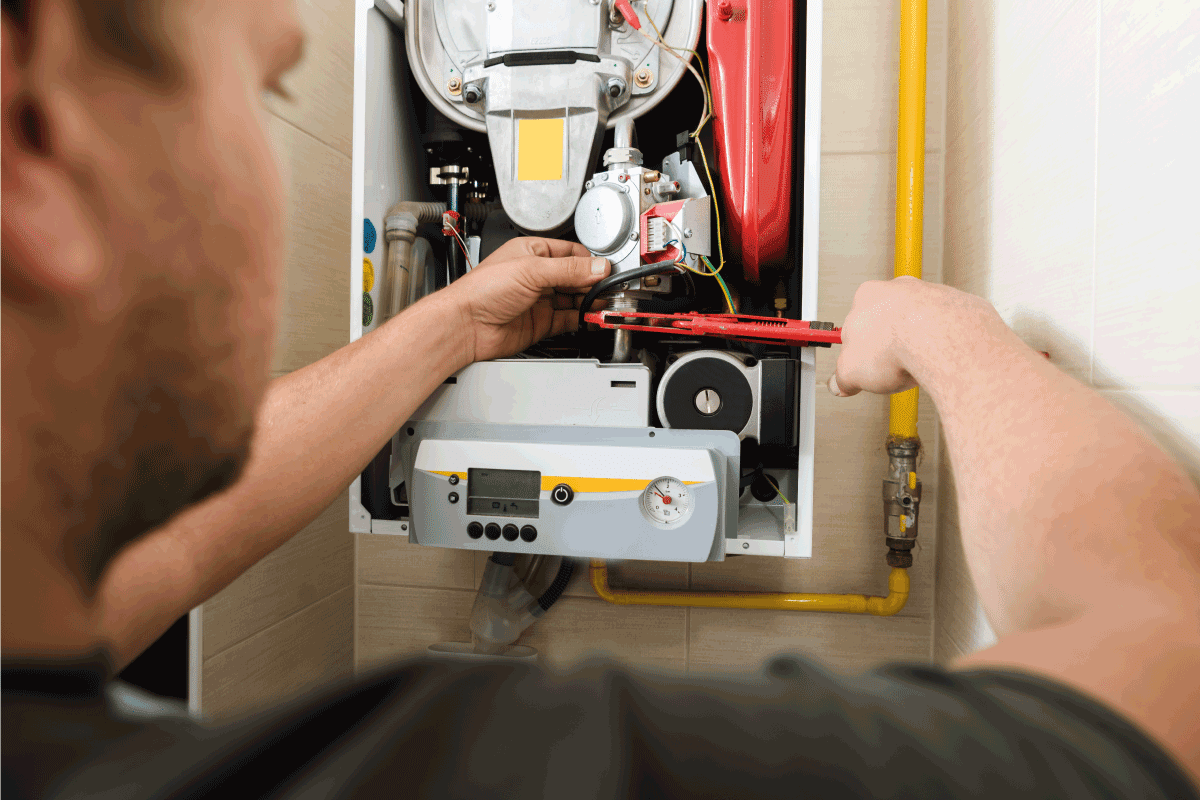
Takeaway
Now that you know it takes less than a day to install a furnace along with our installation and maintenance tips, make sure not to forget them. Being aware goes a long way. A toast to your new furnace!
